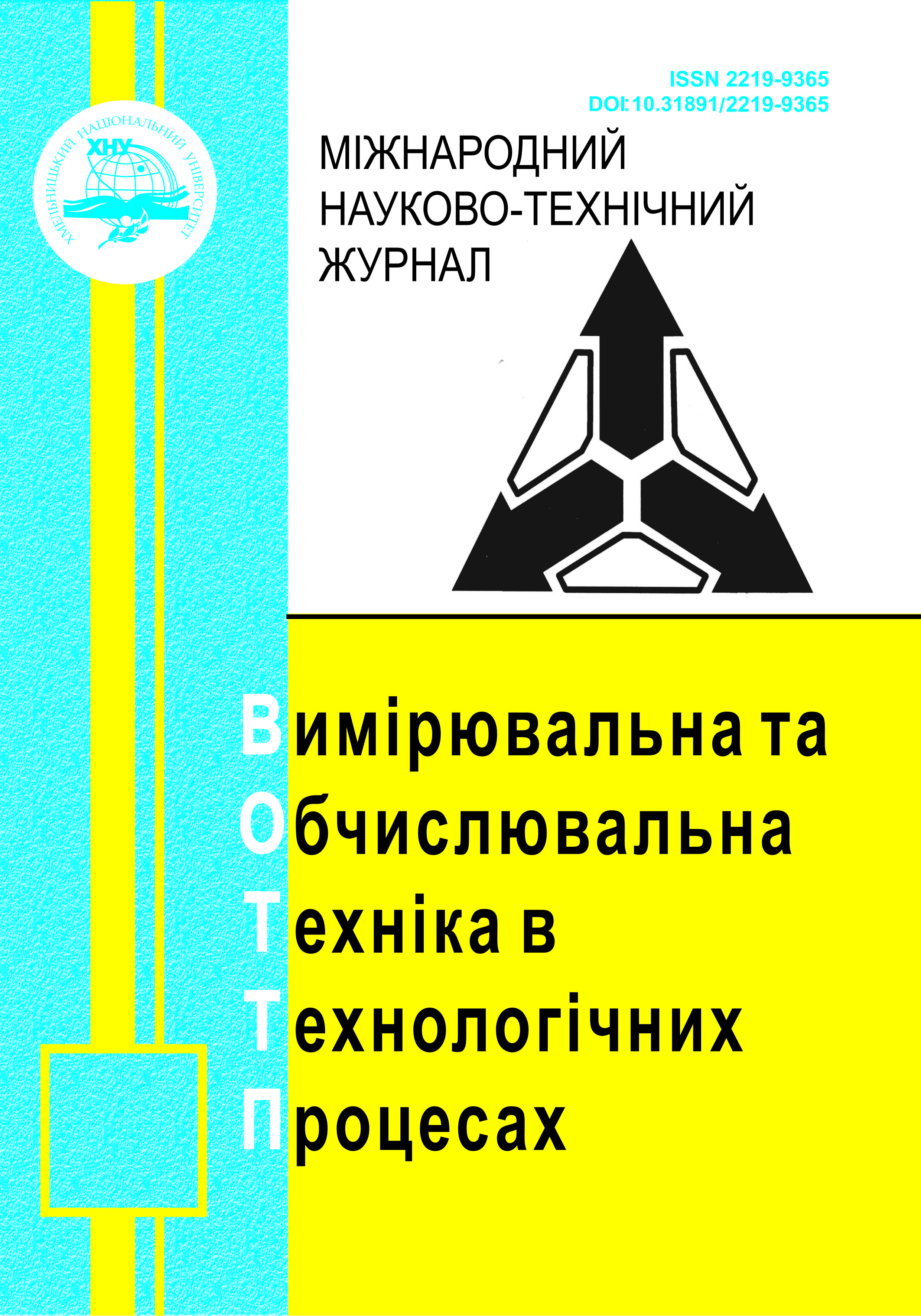DEVELOPMENT OF DIAGNOSTIC TOOLS OF SENSOR NETWORKS OF DOUBLE-CIRCUIT HEATING SYSTEMS
DOI:
https://doi.org/10.31891/2219-9365-2024-79-11Keywords:
heating systems, heat generators, climate control systems (CCS), dual-function heat generator, dual-circuit heating systemsAbstract
The heating system is one of the key elements of modern housing, which provides a level of comfortable climatic environment, as a determining factor of its market competitiveness.
The rapid development of microprocessor technologies, personal computers, individual means of communication, the Internet, and ultimately artificial intelligence over the past few decades opens up extremely wide opportunities for improving heating systems as a component of climate control of all types of buildings and structures.
Together with the climate control systems, other elements of the housing infrastructure developed at a rapid pace, in particular energy. Alternative sources of energy, such as solar, wind, low-power generators, which thanks to modern means of electronic and computer technology can quickly adapt to local natural and climatic conditions, use various orientations of housing elements relative to the sides of the world, features of the terrain, insolation or shading, dominant wind directions, vegetation, etc.
Such building intersections can provide significant savings in energy resources, increase the level of comfort, thus capitalizing on investments in research into ways to improve climate control systems.
This article is devoted to the analysis of the risk factors of the operation of all nodes of gas double-circuit heat generators, which require constant monitoring, the development of options for their construction in common structures, and the study of ways of informational conjugation of sensor networks with other climate control systems (CCS).

